It’s easy to get caught up in all the latest AT boots, skis, and bindings, while overlooking an important part of the touring equation: skins.
Where you tour, where you tour most, and how often you tour all factor into what your priorities are: Traction? Glide? Durability? How fast and easy the skins are to put on and take off?
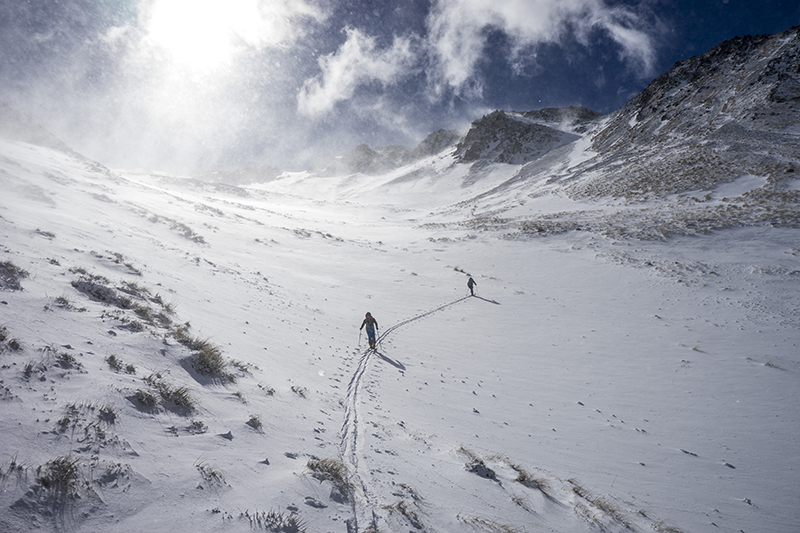
With that in mind, we’ve compiled this list of some of the more popular skins on the market, and we’re going to be reviewing more skins in the coming weeks. For a breakdown of last year’s climbing skins check out our 2015-16 piece.
We’ve organized these skins by their materials, pure mohair, mixed mohair and nylon, and pure nylon, and ranked them by grip and glide.
Mohair Skins
G3 Alpinist LT Mohair Climbing Skins

These are our favorite G3 skins, and they have worked well for us in a variety of conditions and ski widths. The grip and glide is very similar to other pure mohair skins on the market, but these don’t glide quite as easily as the 15/16 Black Diamond Mohair Pure. The G3 Glue is tenacious and worked well on mid-winter tours in Alaska and spring conditions in New Zealand, however, we had some significant issues with durability, and have experienced more glopping with the Alpinist LT than any other skin.The current G3 tip and tail connectors fit a wide variety of ski widths securely. As with all G3 skins, we wish the system was removable so that the skins could be cut for shorter skis if needed. Overall, the Alpinist LT Mohair is a great choice for those looking for a 100% Mohair skin with more traditional glue and well-built connection hardware.
Contour Hybrid Pure Skins
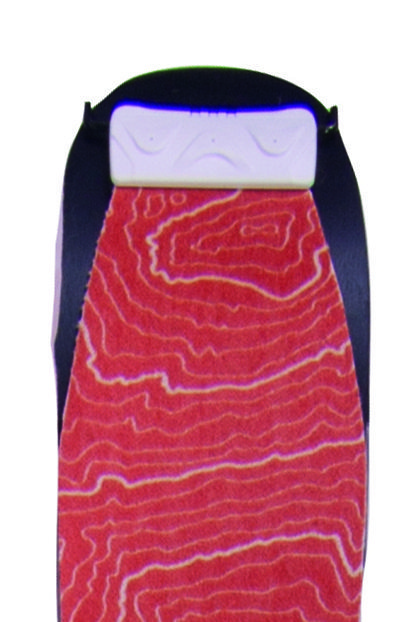
The “Hybrid” designation describes the glue process of these 100% Mohair skins, which consists of a less-sticky adhesive that holds the ski to the skin, plus a much stickier adhesive that joins the first adhesive to the skin material. In theory, this is a great idea as it allows for a durable skin adhesive that is still easy to remove from the ski. In practice, the skins generally perform as advertised, and are one of the few skins we’ve used that can easily be ripped from fat skis even when brand new. During a long day in windy, snowy conditions, we had to work a little bit harder to get them to stick to our bases later in the day after many transitions, but, so far, we haven’t had the glue fail. In terms of ease of use, they slot nicely between a skin with extremely sticky glue (like Black Diamond or G3), and a glueless skin like the Volkl Vacuum skins (which are easy to unstick from each other but don’t often stick well to bases). The Contour tip hardware is excellent, but the tail hardware may require re-adjustment mid-tour, unlike the G3 or Black Diamond skins. The glide is quite good but not as fast and effortless as the 15/16 Black Diamond Mohair Pure skins, which are among the best we’ve used in this regard. Traction on the Contour’s is also as good as we needed for any skin track we encountered, though not quite as good as the full nylon Black Diamond Ascensions.
Volkl Universal Vacuum Skins
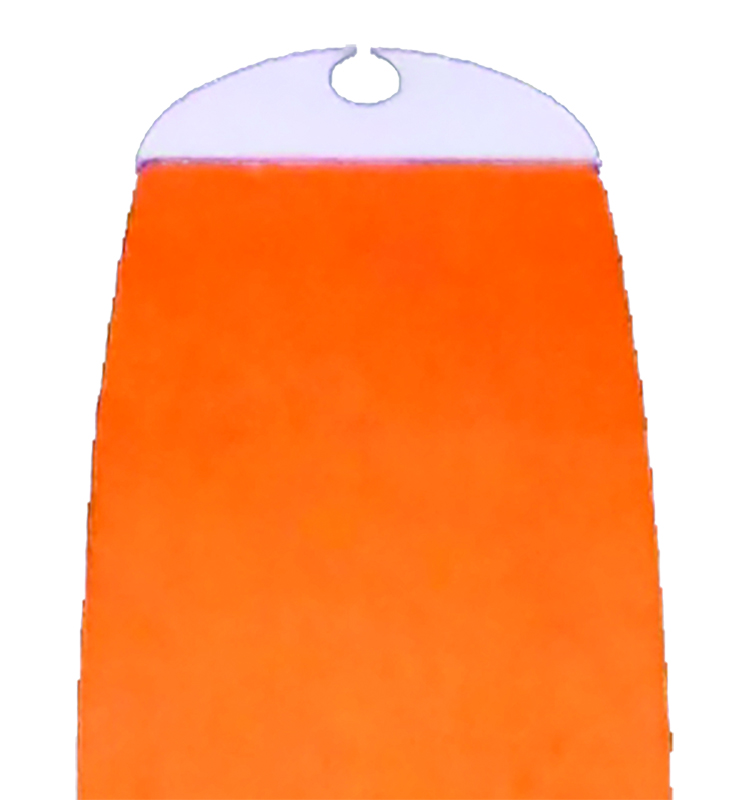
These skins use Kohla’s “glue free” system, designed to be much easier to place and remove than traditional skins. We’ve now tested them over a year in a variety of conditions, and in drier snow, they generally worked quite well. In wetter, spring conditions, we found them prone to falling off of the skis mid-tour, especially when applied to wet ski bases. (So wipe down and dry your bases before applying.) In all conditions, skin removal was the easiest we’ve ever experienced; there is practically zero resistance. Packing them for the descent is also quite easy; they fold up quickly into a compact package. Their mohair plush provided grip and glide comparable to most other pure mohair skins. During our testing New Zealand on a day during which we frequently transitioned from cold to warm snow, the skins seemed a bit more prone to glopping up than other skins we had with us that day, even after liberal application of skin wax.
Mohair / Nylon Mix Skins
Black Diamond GlideLite Mohair Mix STS
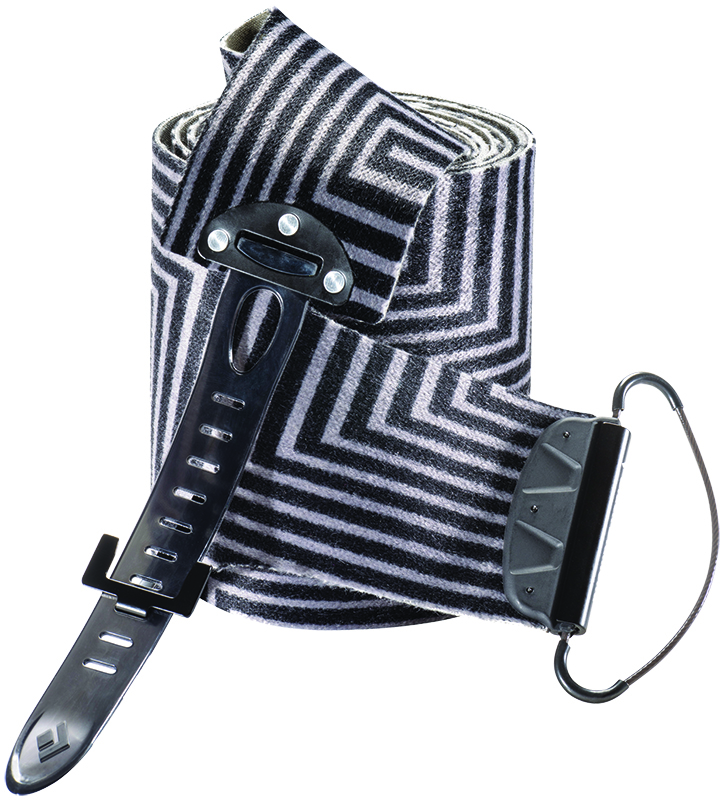
Some of the most versatile skins we’ve used, these combine the efficient glide of mohair with much of the traction and durability of nylon skins. The skins’ glue resists glopping very well, and the only fault we’ve found is that their clips don’t always attach securely to some skis that have very wide tip shapes. On the whole, though, we’ve been very happy with these on both day trips and extended multi-day traverses in tough conditions.
Black Diamond UltraLight Mix STS Skins
New for this year are the Black Diamond UltraLight STS skins, which offer a reasonably long plush for good glide combined with a thin backing material, BD’s excellent glue, and a new, lighter-weight tip loop system. The new skins seem to be among the best that BD has offered, with a combination of glide and grip that suited us well while touring in a variety of snow types in New Zealand. And when it was time to descend, the Ultralights (cut for the 185 cm Black Diamond Helio 105’s) packed up small enough to fit in just about any jacket pocket. Overall, they are a great choice for general ski touring use. Check the site for a long-term review once we get more time on them this winter.
G3 Alpinist MoMix

For the same reason we like the Black Diamond Mohair Mix skins, we’re fans of these Alpinist MoMix skins: they glide and climb well. Their glue isn’t quite as good as BD’s (we’ve had some minor issues with glue glopping-up on ours), but the tip attachment system fits well on every ski we’ve tried – even super fat powder skis – and the tail cam hardware works great.
Nylon Skins
Black Diamond Ascension Nylon STS

The Ascension Nylon STS skins are among the most durable skins we’ve used. They don’t glide quite as well as mohair or mo-mix skins, but they’re solid, dependable, all-around skins that are easy to recommend.They’ve also been revised this season to pack down smaller and lighter than previous versions.
G3 Alpinist
G3’s Alpinist is a classic, durable nylon option. The glue on the Alpinist skins hasn’t held up as well as that of the Black Diamond Nylon STS skins, but their tip and tail hardware is the best we’ve used, and several of our reviewers are quite happy with their grip-to-glide ratio. Our snowboard reviewers have similar good things to say about the G3’s Alpinist Splitboard Skins, too.
G3 Scala Climbing Skins
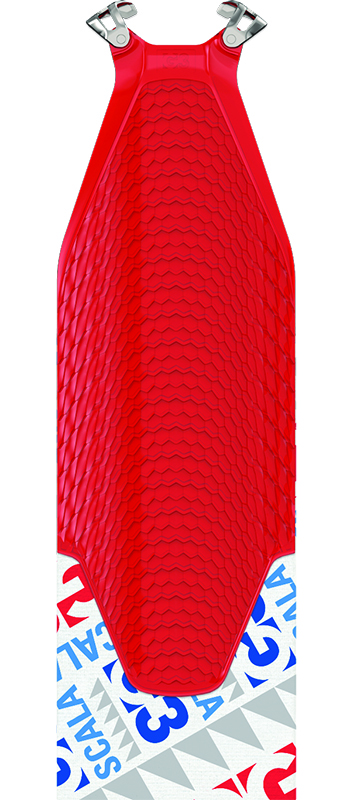
The Scala is one of the most unique skins we tested this year, because it includes a fishscale textured plastic sheet at the front of the skin that is “engineered to maximize grip when the tip is engaged on the skintrack. The pattern improves side-to-side control on hard surfaces and in technical applications” and offers better glide when breaking trail in deep snow. In our experience, the best feature of the Scala plastic sheet is that it prevents snow creeping under the glue that occurs sometimes with normal skins. We didn’t experience a significant increase in glide, probably because any advantage was outweighed by the standard nylon Alpinist plush on the rest of the skin, which has significantly worse glide than pure mohair or mohair mix skins. Any improved “side to side control” on hard surfaces was also difficult to detect. We continue to be fans of the G3 tip and tail connection system which has provided a secure fit for a large variety of skis. But it would be nice if the system was replaceable so that skins could be more easily cut down for shorter skis if needed. Those who like to stuff skins into jacket pockets for the descent might struggle a bit trying fold up the relatively bulky Scalas.


Any experience with the Fisher Profoils?
Hi Paul, thanks for the review, great to see our products get attention in NA.
Just a little comment on the tail clip of our contour hybrid skins, this is available in a “slim” version for thin skis (up to 5 mm). If the right size is used, no readjustment should be necessary. Make sure also to slide the strap through the last slot on the buckle.
Images on http://www.contourskins.com.
Have a great and safe winter, Werner Koch
I’ve the vacuum skins and have major non sticking issues with them in inclement weather when getting the base dry and clear of snow is near on impossible. Can a minimal application of glue be applied to assist in adhesion, or will it simply stick to the ski base rather than stay on skin?
It’s been a year now, how about a long term review of how well the skins have held up?
Would live to see how Pomoca skins compare to the list above. Thanks